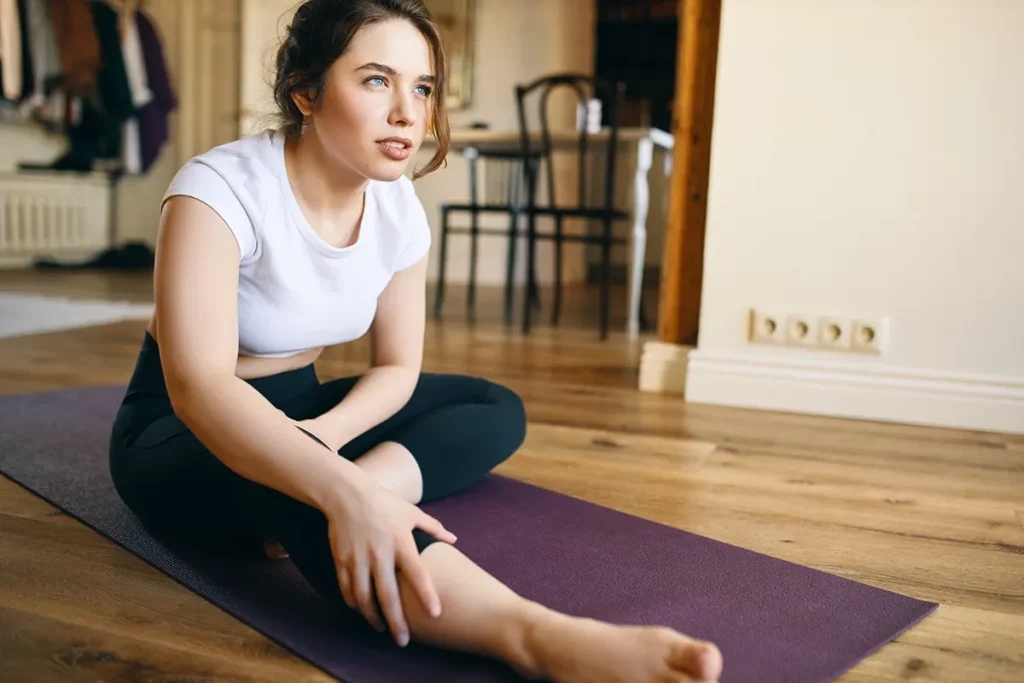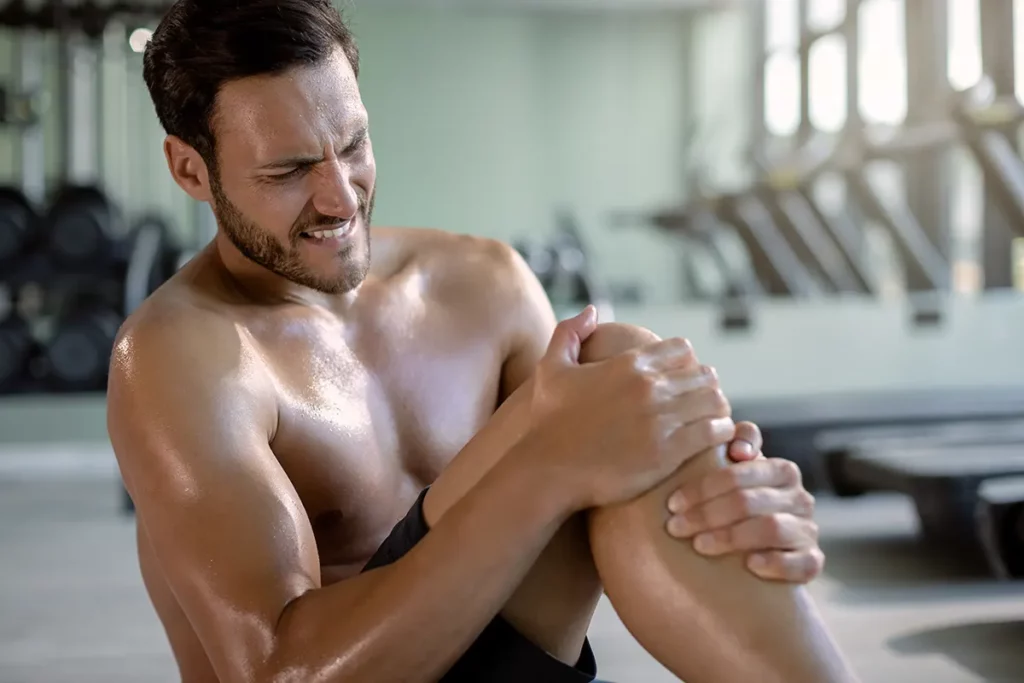So in the first part of the blog, we talked about hip flexor tightness and how and why it happens.
Let’s recap the main points
- Muscles can be short tight and weak.
- Weak muscles don’t want to be stretched.
- Stretching a muscle that doesn’t want to be stretched can make it weaker in the long run.
- There are more than one hip flexor. How do you know what you are really stretching?
Ok, that’s the information-y bit out of the way, let’s look at what you can do to try and rectify the tight hip flexors that you are suffering with!
First off, how do we really assess for true hip flexor tightness? Well, truth be told its hard without seeing a professional who can test and see. That said there are some lose ways to test and retest for hip flexor tightness. The best example of this is the “Thomas test”.
The thomas test will be good at determining which muscle is tight. If your quad or upper portion of your leg is up at an angle (the leg in the video below is down below the bed) you possible have a tight psoas. IF the lower part of your leg is sticking out at an angle (the leg is fairly vertical in the video below) you might have a tight rec fem.
Best way to see for your self is to do the test and take a side on picture to see where your leg is at.
So now we’ve established that we do indeed have tight hip flexors what can we do about it?
1. Breathing & Core
Breathing is something that we don’t consider as a possible cause for anything that goes on in our body. Breathing has such a massive impact on our bodies for various reasons. (we don’t really have time to go into them all). For the purposes of this article we are going to work on core activation.
Controlled breathing does one of many things. It can calm the nervous system down, reducing fight or flight this allowing muscles to relax and lengthen. Secondly, controlled breathing can affect core activation and get the “cogs” of the body working again to allow for efficient movement. Remember in the first article we said that the psoas, one of the hip flexors, often goes weak and tight to help with stabilisation of the lumbar spine. This is usually due to the intrinsic core muscles being offline. If we can get them firing on all cylinders again (not I’m not saying they’re not firing at all, but that’s for another day) well then it stands to reason the muscles that were short and tight to help out are not needed any more, this they can relax, and regain their contractile function.
Below you will see two exercises. The first 90/90 breathing and second the dying bug exercise:
2. Strengthening
a. Supine psoas march
b. Standing psoas march
Like we said. What I have found the majority of the time is that the hip flexors are actually weak (and don’t want to be stretched). What they are really crying out for is to be activated, and to be strengthened. They are tight because they have lost their contractile function, and as we all may or may not know, a muscle needs to be able to contract in order for a joint to move!
With that in mind here are two excellent exercises that can be used to activate and strengthen the hip flexors:
3. Stretch and Activate
One thing that we should bare in mind is that when one muscle is under performing, other muscles tend to take over as a compensator to help out. When this happens, we need to find out the compensator and stretch that and activate the weak muscle. Was a general rule, we look to the muscles opposite, so if we are talking hip flexors, its opposite may well be anything in the posterior chain such as the hamstrings or the glutes. LIkewise, like I said, there are 4(or5) different hip flexors. In one is offline the others may take up the slack. In this case, they can be stretched or massaged, and the weak one activated. Some common relationships I find are OA (overactive) Iliacus and Weak Psoas, OA Q’ls and weak psoas, OA iliacus and Weak Rectus femoris.
There is one caveat here though. It’s hard to determine which is the weak and which is the over active muscle in the relationship. This is where going to a practitioner would be your best port of call.
SO, to sum up. You have tight hip flexors, chances are they don’t need stretching, they in fact need the complete opposite. If you are constantly stretching and seeing no results, give the exercises above a chance and see if there is any difference. You may be pleasantly surprised!
Remember, a tight muscle, doesn’t always make a strong one!
P.s. Always remember to test and retest. Otherwise, how do you know its working?
Yours in motion,
Mark.





